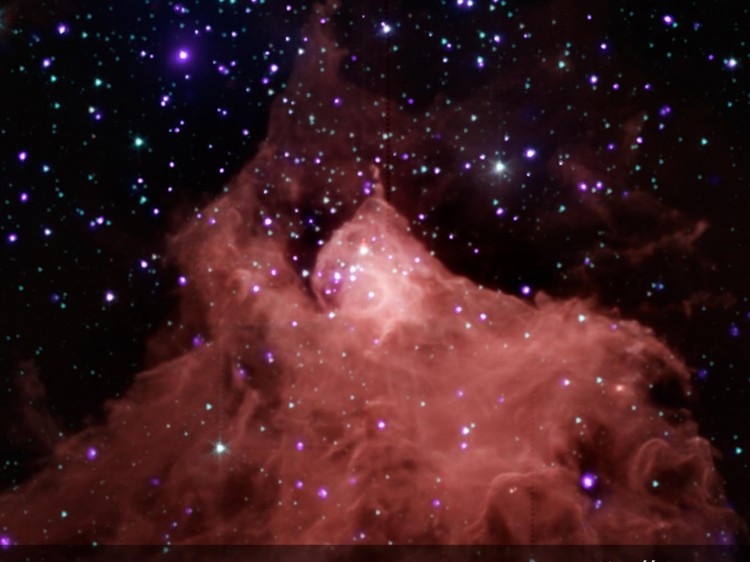Fewer stars are forming in our universe because galaxies are running out of gas, according to new research using the Mopra radio Telescope in Australia.
Led by Robert Braun of the Commonwealth Scientific and Industrial Research Organization (CSIRO) in Australia, a team of astronomers compared distant galaxies known as ultra-luminous infra-red galaxies (ULIRGs) with galaxies that are closer by.
ULIRGs contain large amounts of molecular hydrogen gas, which is needed for star formation, and their redshifts range from 0.2 to 0.5, meaning the scientists looked back at galaxies existing around three to five billion years ago.
The researchers found that these galaxies contained significantly more gas than galaxies nowadays.
“Our result helps us understand why the lights are going out,” says Braun in a CSIRO press release. “Star formation has used up most of the available molecular hydrogen gas.”
Stars release some of this gas during their evolution and also during stellar explosions or supernovae, providing fuel for new star formation. However, the majority of the gas is retained by the stars and is used up over time.
“But most of the original gas—about 70 percent—remains locked up, having been turned into things such as white dwarfs, neutron stars and planets,” Braun explains.
As the gas is consumed, the reduction in available ingredients correlates with the decrease seen in star formation. In fact, Braun notes that during the time period studied, this decrease is more rapid than expected.
Galaxies can also derive gas from the intergalactic medium, which occupies the space between galaxies. Scientists believe about two-thirds of the universe’s gas is still located here, while the remaining third was absorbed during past star formation.
“The drop-off in both gas availability and star formation seems to have started around the time that dark energy took control of the universe,” Braun says.
According to this hypothesis, gravity previously drew gas into galaxies. However, once dark energy started to dominate, the universe began expanding exponentially and gas could no longer refuel galaxies effectively for future star formation.
The study was published online in Monthly Notices of the Royal Astronomical Society on Aug. 8.
The Universe Is Running Out of Gas
Fewer stars are forming in our universe because galaxies are running out of gas.

Updated:





